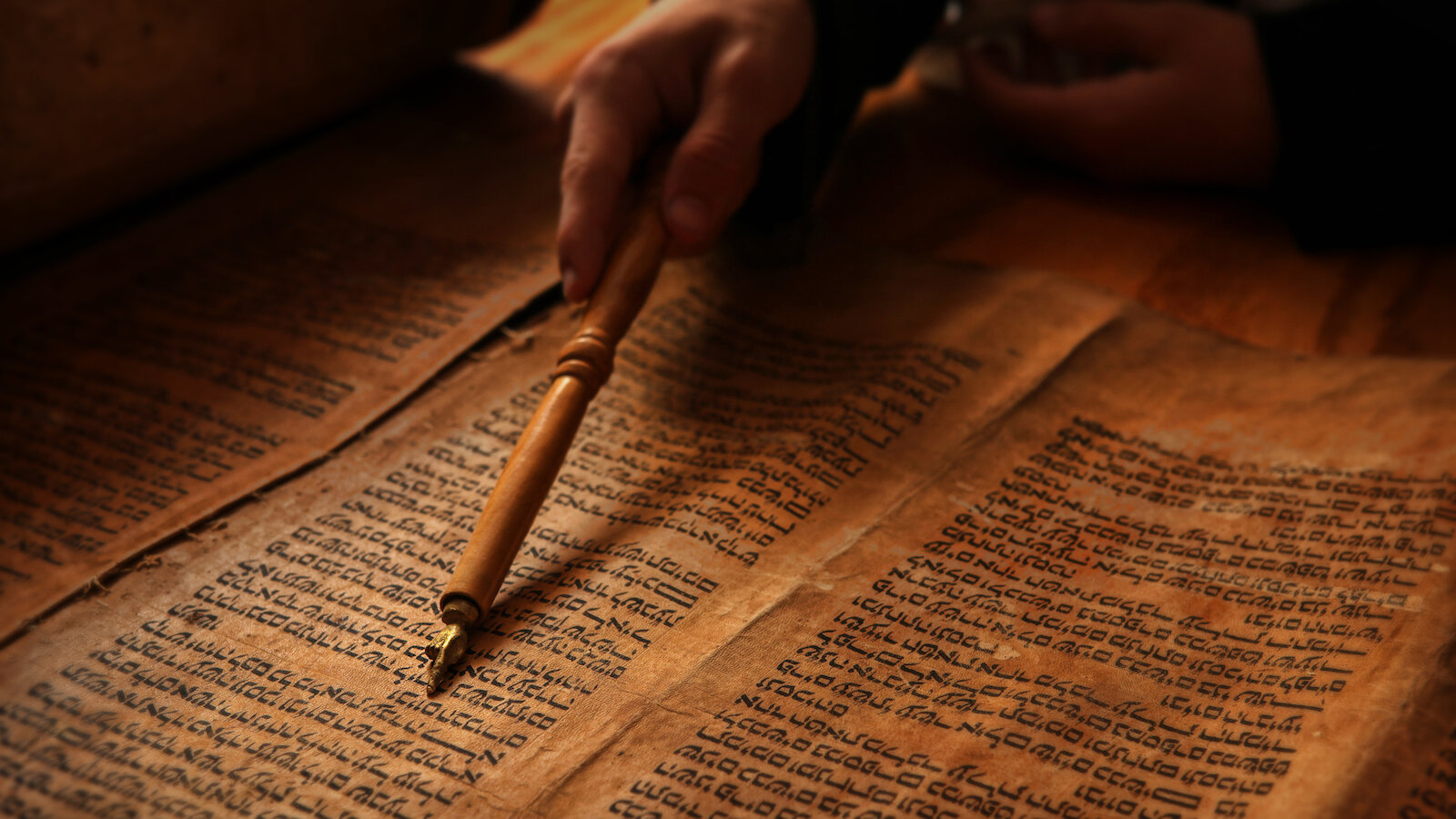
Modern-day scribes telling stories.
(don’t worry, it’s in English!)
The Day of Atonement: What Are We Missing?
As we approach the High Holidays, many in the Jewish community focus on making things right with God through fasting, prayer, and good deeds. Yom Kippur, the holiest day of the year, is seen as the pinnacle of this process, where we seek forgiveness from those we've wronged and from God. But while these traditions are deeply rooted in Jewish culture, have we fully grasped what Yom Kippur is truly about according to the Scriptures?
Day 10: The Scapegoat that became the G.O.A.T. (Yom Kippur)
Here we are, at the peak of the Ten Days of Awe, Yom Kippur. It's the Day of Atonement, a time when many Jewish people fast, pray, and attend synagogue services. This solemn day carries enormous significance. It's not just a day to say sorry, but to truly reflect on one's actions and seek genuine atonement. While the weight of the day is profoundly felt in Jewish communities, it also offers an extraordinary moment for us as followers of Jesus to recognize Him as our ultimate atonement.
Day 9: No Longer Bound: Released From Sin Into Salvation
The human soul seems hardwired to long for atonement—a strong, sometimes desperate, desire for forgiveness and release. This is a sentiment that echoes across cultures and religious practices, revealing a shared yearning to be set right with God. As we delve into Day 9, we find in the story of the Akedah a vivid representation of how far God was willing to go to grant us that atonement. "God will provide for Himself the lamb for a burnt offering, my son," Abraham tells Isaac, echoing a promise fulfilled through Jesus (Genesis 22:8).
Day 8: Cast my sins into the depths of the sea. (Tashlich)
There is the practice of Tashlich, a deeply symbolic ceremony that resonates with believers of all backgrounds. As the sun sets and the day comes to an end, many Jewish people flock to rivers and streams, emptying their pockets or throwing pieces of bread into the water. This simple yet powerful act serves as a physical embodiment of letting go, a casting away of sins and burdens. For Christians, it's hard not to think of the ultimate sacrifice of Jesus, the Messiah, who makes it possible to truly cast our sins "as far as the east is from the west."
Day 7: What does it mean to return to the Lord? (Shabbat Shuvah)
Central to the Days of Awe is what we call Shabbat Shuvah, or the "Sabbath of Return." Situated between Rosh Hashanah and Yom Kippur, this Shabbat holds a special significance. It serves as a momentary pause, a sacred interval for personal and communal reflection. In a season filled with introspection and repentance, Shabbat Shuvah invites us to come home - to return to the Lord with all our hearts. For Christians, this idea of "returning" finds its full expression in the grace and redemption offered through Jesus, our Messiah.
Day 6: What will we do for atonement?
The human soul carries a deep yearning for atonement. In cultures around the world and across the broad expanse of religious thought, rituals and traditions abound, highlighting the lengths we go to find relief from the weight of our mistakes and misdeeds. The Jewish people are no different. As followers of Jesus, we know that our atonement not only covered our sins once for the next year, but also forgave our sins once and for all.
Day 5: Where can we show kindness? (Tzedakah)
The concept of Tzedakah, often translated as “charity,” but more accurately understood as righteousness or justice. Giving isn't merely a charitable endeavor, but an ethical obligation. For Christians, this resonates deeply with the New Testament teachings on almsgiving and love for neighbor. Here, the idea of 'faith without works is dead' rings loud and clear.
Day 4: Prayer is more than monologue. (Tefilah)
These Days of Awe invite us into the heart of prayer, or Tefillah, in Hebrew. Prayer is a universal act, a meeting place between the human and the divine, and during these days, it takes on an even more profound significance. Tefilah is less about asking God for what we need, and more about aligning ourselves with God’s will. For Christians, the idea of interceding with Jesus as our mediator adds a layer of grace to this sacred time.
Day 3: What does real repentance look like?
Let’s look into the essence of Teshuvah, which in Hebrew means "returning" or "repentance." While the word "repentance" might conjure up images of regret and shame, Teshuvah is about turning toward something as much as it's about turning away from something else. It's about re-aligning ourselves with God.
How Traditional Judaism Teaches That Temple Sacrifices Atoned for the World
This blog post explores the traditional Jewish understanding of how temple sacrifices atone for the sins of the world. Learn why God called Israel to be a priestly nation and how their offerings of intercession and atonement enabled Gentiles to receive forgiveness from Him. Discover what the Talmudic rabbis said about it, as well as insights from Rashi on Numbers 29:12-34. Finally, find out how we can come into right standing with God through prayer, repentance, faith and holy day observances.
Watching Your Sin Leave The Camp
Yom Kippur, or the Day of Atonement, is among the most sacred. You can find the command on how God told the Israelites to observe this day in Leviticus 16. This was the only day the high priest could enter the Holy of Holies.
Can you imagine how heavy the sense of sin and unworthiness must have been for him? To know that he was entering the presence of a holy God on behalf of an entire nation who had sinned? And yet, every year, without fail, he went in.











